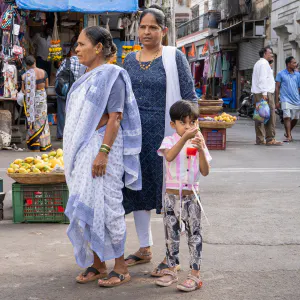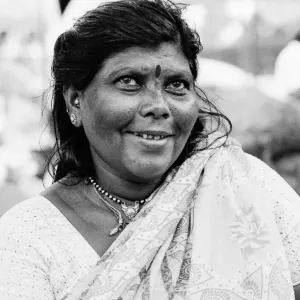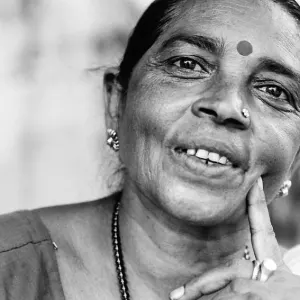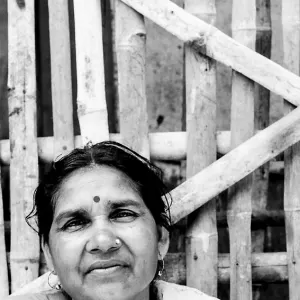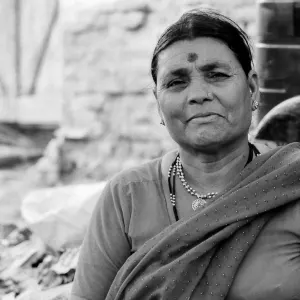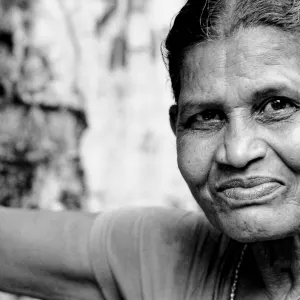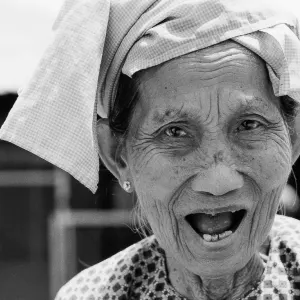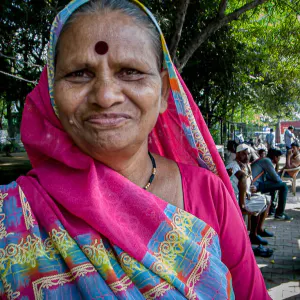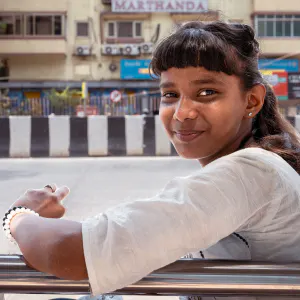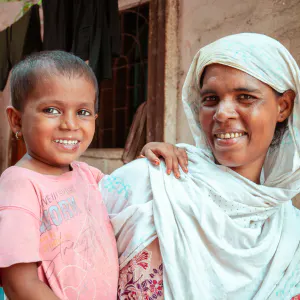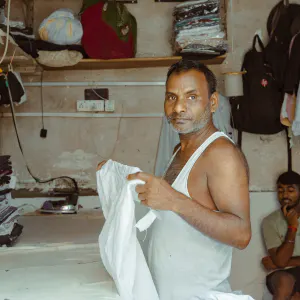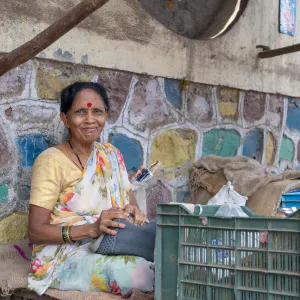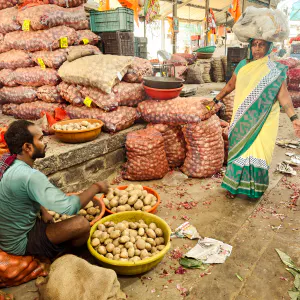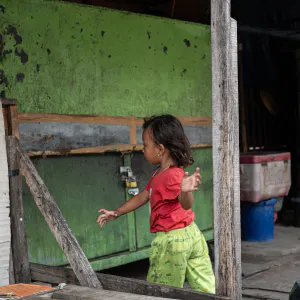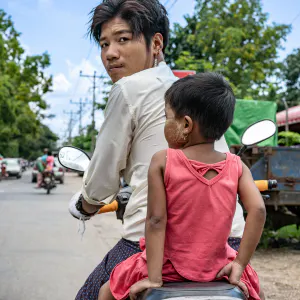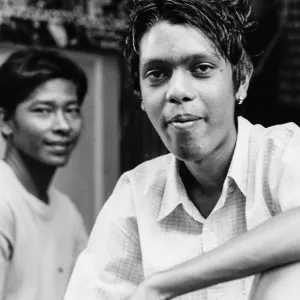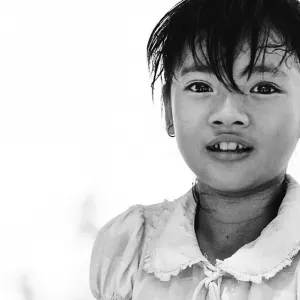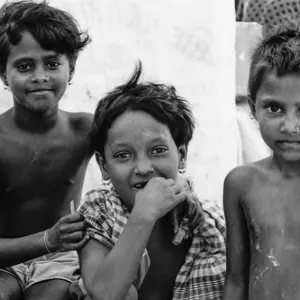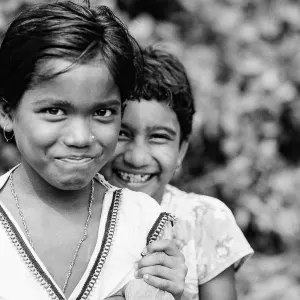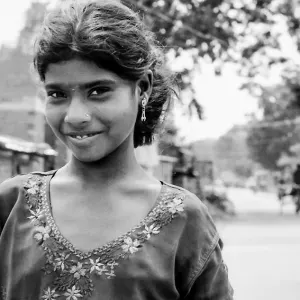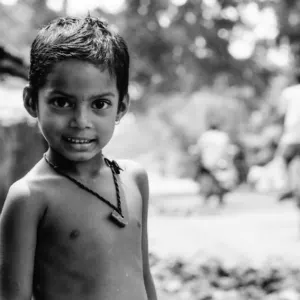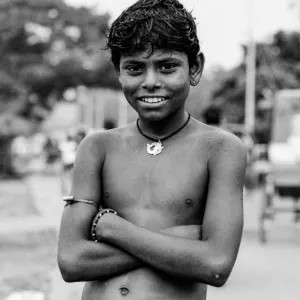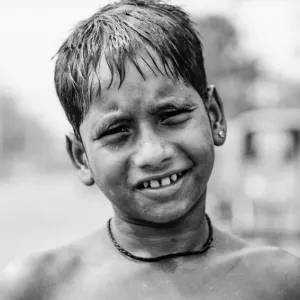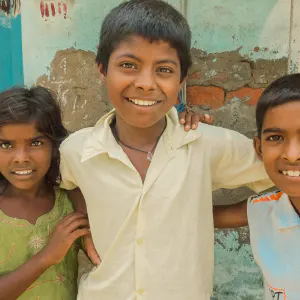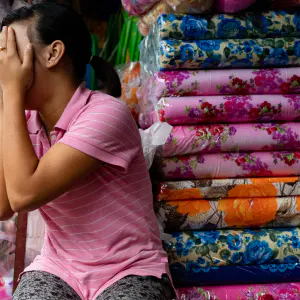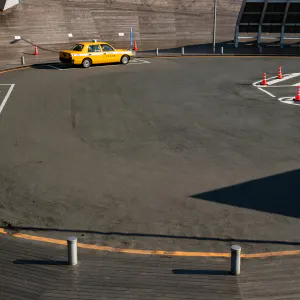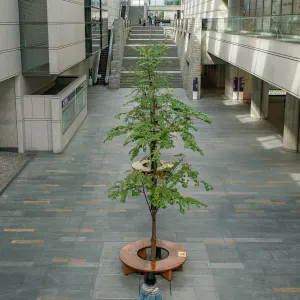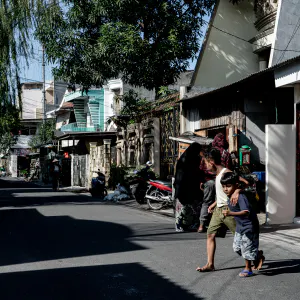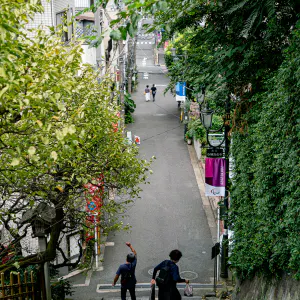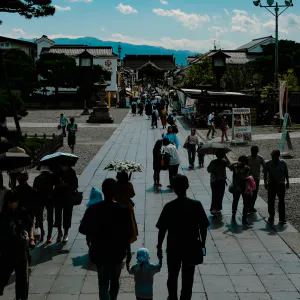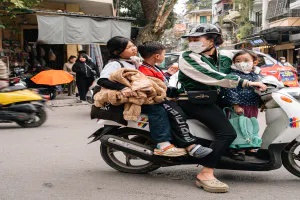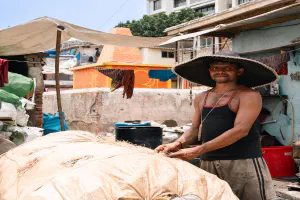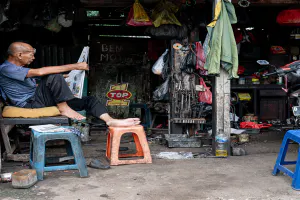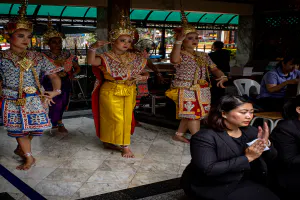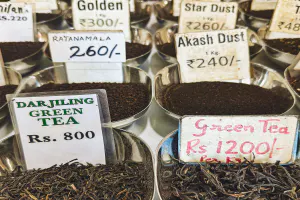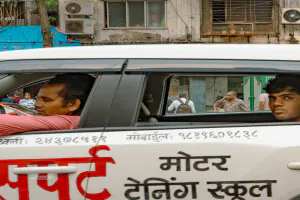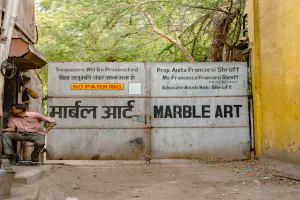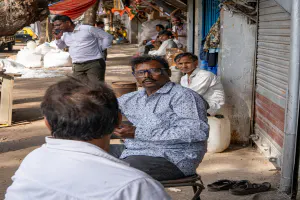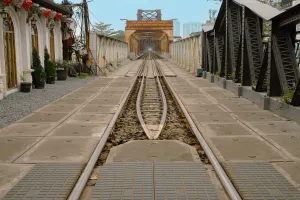The woman who worked in the fresh fish department of the market smiled at me
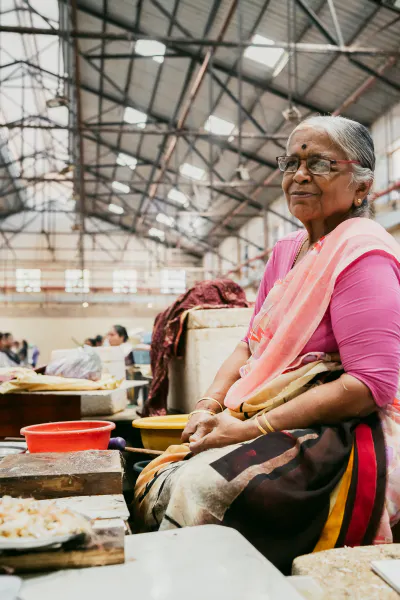
After leaving the poultry section, I stepped into the next building and found myself in the fish market. It felt like entering a different ecosystem. Gone were the greens and butchered cuts of the previous halls; here, rows of fish, shrimp, and every imaginable sea creature glimmered under the dim lights. Mumbai, after all, was once a cluster of seven islands stitched together through land reclamation. With the Arabian Sea pressing in on every side—and fishing villages still surviving within the city’s sprawl—seafood has long been part of its daily rhythm.
The fish market was as spacious and energetic as the vegetable hall, but one thing stood out immediately: nearly everyone working here was a woman. In the produce stalls and meat section, men dominated the scene. Here, however, the men had all but vanished, replaced by women who moved with brisk, confident gestures. Whether by custom or convenience, fish-selling seemed to belong to them.
Perhaps this division of labor reflects older rhythms—cultural habits shaped by fishing communities where men went out to sea while women handled the sorting, cleaning, and selling afterward. Or maybe it’s the belief, passed quietly between generations, that choosing fish is a skill best trusted to a discerning woman’s eye. Whatever the reason, the market’s pulse seemed to follow the cadence of their work. Their quick hands, steady voices, and unhurried authority lent the entire place a kind of order within the chaos—a reminder that a city’s energy is often carried on the backs of those whom tourists rarely notice.
| Feb 2025 INDIA PEOPLE | |
| BINDI GLASSES MUMBAI OLDER WOMAN PIERCED EARRING SAREE |
PHOTO DATA
No
12786
Shooting Date
May 2024
Posted On
February 2, 2025
Modified On
November 26, 2025
Place
Mumbai, India
Genre
Portrait Photography
Camera
SONY ALPHA 7R V
Lens
ZEISS BATIS 2/40 CF
